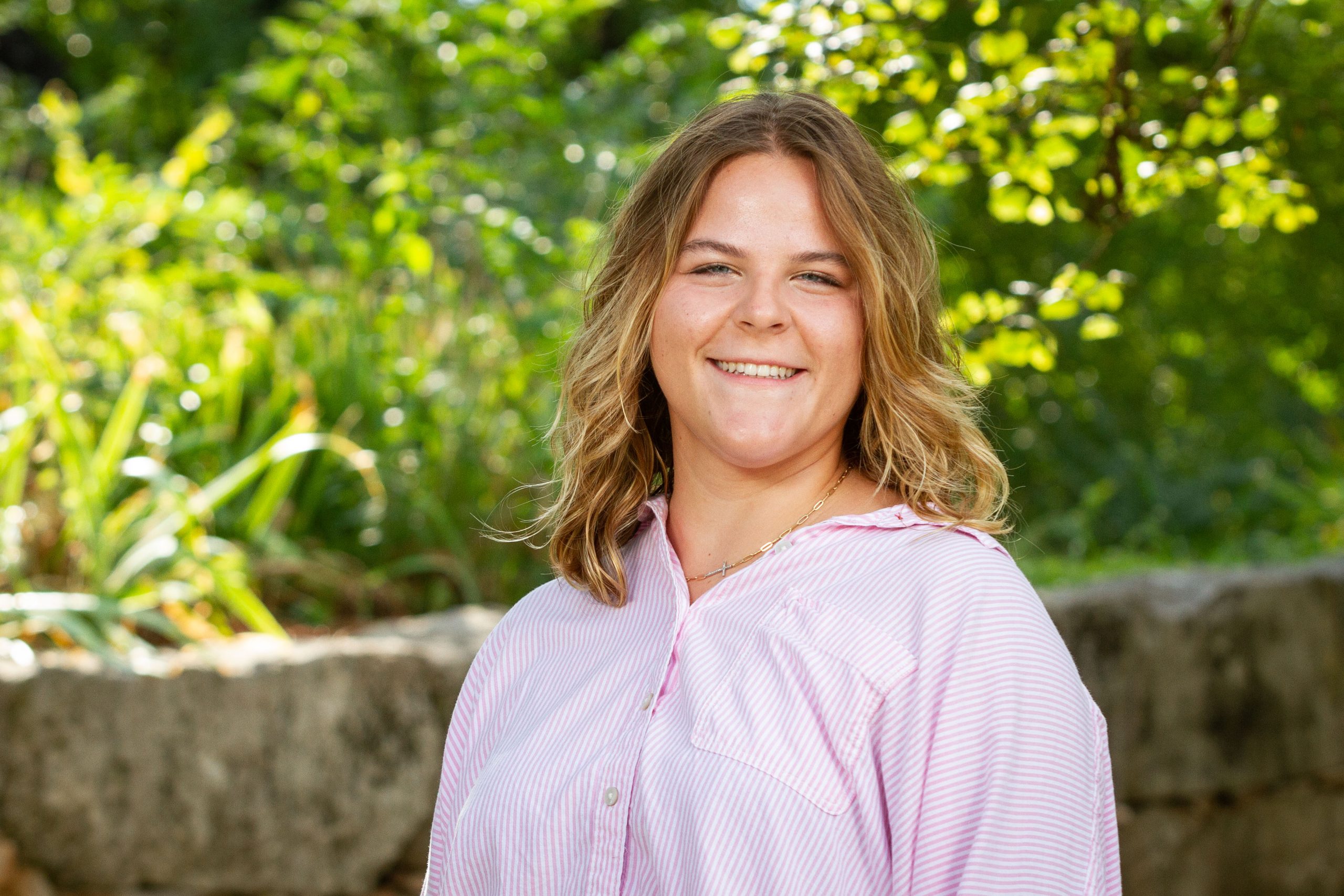GEW ’09: Why Offer Challenging Classes?
February 26, 2009 | Gifted Ed Week, News | No Comments
by Leigh Johnson
Originally published in The Challenge, no. 15, Summer 2005, pp. 10, 12.
The response to my previous article “Why Take Challenging Classes?” suggested to me that perhaps a follow-up article from a different perspective would be beneficial. We already know that studentswho take challenging classes in high school have a better chance of doing well in and graduating from college. Across the U.S., almost half of the students in their first year of college must take remedialclasses in writing, reading, or mathematics, according to the National Center for Education Statistics. Think of the wasted tuition and fees as students pay for classes that don’t count toward graduation. Thinkof the wasted time and brain cells! Challenging classes not only prepare students for the future, but they also save money. But in order for students to stretch their minds, challenging classes must be offered.Read on to discover how challenging classes can also change the climate of a school.
What is the difference between a challenging class and an honors or AP class?
By “challenging class” I mean one in which each student must work to the highest level of her ability. Remember, though, that just because a class is titled Honors or AP doesn’t mean it is a challengingclass for every student involved in the class. The teachers must have high expectations for each student. Since all students have different needs, interests, and abilities, these expectations may differfor each person. Similarly, classes that are not labeled Honors or AP can also be challenging when they encourage students to think in new ways and stretch beyond their comfort zones. So a quick answer tothe question can be nothing or everything!
Challenge differs according to individual kids. It is much more rewarding for students to work hard and be challenged in a class than to do well without being challenged. Different subject matter may be more challenging for some students, and individual units may be differentiated to increase the level of challenge for students who have already mastered the material.
How do challenging classes impact the school as a whole?
We talk about a geographical area’s climate. Schools have climates as well-and these climates should be purposefully established. When challenging classes are the norm, students grow to welcome andexpect that their teachers will ask them to work hard. The process of succeeding at a challenging task by working hard raises students’ self-esteem and intrinsic motivation.
Other benefits appear in schools with challenging classes, such as improvement in testing. Statistics that measure schools’ success show that scores rise as more students are learning. This seems so simple, but individual schools, such as San Jose Downtown College Prep, that have created an atmosphere in which students consistently choose to work at high levels even have fewer discipline problems. Graduates may include more National Merit Finalists, Intel Talent Search winners, and Governor’s Scholars.
According to the Detroit Free Press (September 21, 2001) more than “eighty percent of the jobs of the future are going to need some kind of post-secondary training;” this means that schools that prepare their students for the future will have more graduates with more options. Challenging classes are important in every state. Carolyn Witt Jones, executive director of the Partnership for Kentucky Schools, notes that without more rigorous course work in high schools, “We face major, major difficulties for the economy, the workforce and education” (www.cipl.org/releases/july_14.htm).
Who would take challenging classes?
Every person should be challenged. Challenging the brain is like keeping the heart healthy: pumping hard, exercising, eating the right food-all contribute to a lifetime of heart-healthiness. Brain researchshows that the brain, too, benefits from working hard, getting new “food for thought,” and regular exercise. When the brain is not challenged or exercised, the brain slows down when it sends messages. Challenging classes allow students access to more parts of their brains. Each new challenge positively affects the brain’s ability to make connections now and in the future.
When do challenging classes make sense for students?
Challenging classes are important for students at all grade levels, but please don’t equate the level of challenge with the amount of paperwork involved in the class. An article in The Oregonian (January12, 2004) quotes a student who found her International Baccalaureate English class challenging as being “so abstract that it is taking my mind in places I never thought about going.” Challenging classes openour minds to new thoughts; they don’t put our brains to sleep with endless repetition of a simple concept.
Aim for rigorous thinking not paper pushing.
For example, offer two choices for homework-five tough problems for those who are ready to be challenged, or twenty drill practice for those who are challenged by additional drill. Teaching with Love and Logic suggests giving students the option to work until they’ve got it (Fay & Funk, 1995). Some may need four repetitions; others may need thirty or fifty. Providing more guidance in creating an engaging learning experience allows students to connect to a challenging class without being overwhelmed with work.
How do I learn how to make a class challenging?
Some resources include:
Smutny, J. F., Walker, S. Y., & Meckstroth, E. A. (1997). Teaching young gifted children in the regular classroom: Identifying, nurturing, and challenging ages 4-9. Minneapolis, MN: Free Spirit.
Tomlinson, C. (1999). The differentiated classroom: Responding to the needs of all learners. Alexandria, VA: Association for Supervision and Curriculum Development.
Tomlinson, C. (2003). Fulfilling the promise of the differentiated classroom: Strategies and tools for responsive teaching. Alexandria, VA: Association for Supervision and Curriculum Development.
Winebrenner, S. (2001). Teaching gifted kids in the regular classroom. Minneapolis, MN: Free Spirit.
REFERENCES:
The Commonwealth Institute for Parent Leadership. (14 July, 2004). “Prichard Committee to push for high school improvement.” Retrieved May 2, 2005 from www.cipl.org/releases/july_14.htm
Fay, J., & Funk, D., (1995). Teaching with love and logic: Taking control of the classroom. Golden, CO: Love and Logic Press.
Higgins, L. (21 September, 2001). “Students’ blowoff classes a target in new program.”
The Detroit Free Press. Retrieved May 2, 2005 from www.freep.com/news/education/schol21_20020921.htm
The Oregonian. (12 January, 2004). “Challenging classes change student’s life.” Retrieved May 2, 2005 from www.oregonlive.com/special/oregonian/index.ssf?/special/oregonian/series/fix2_classes.html



